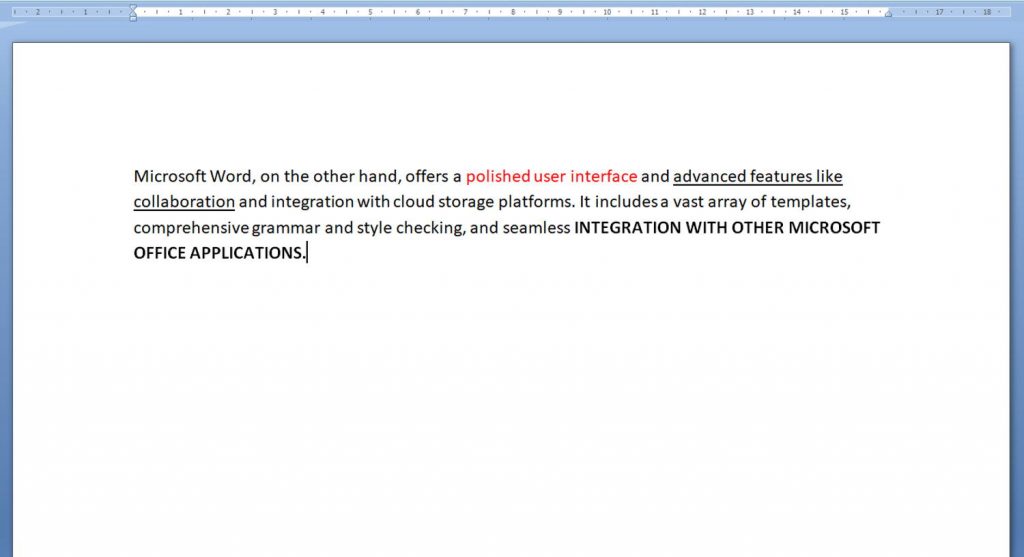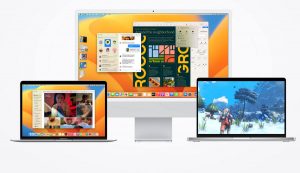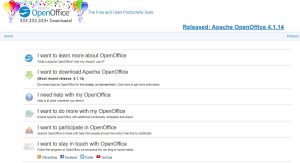Open Office vs. Microsoft Office: A Comprehensive Comparison of Features and Usage

In the world of productivity software, two giants stand out: Open Office and Microsoft Office. Both offer a suite of powerful tools to meet various needs, from word processing to spreadsheets and presentations. In this article, we will explore the features of Open Office, discuss how to use its tools effectively and compare them with their Microsoft Office counterparts.
Word Processing: Writer vs. Microsoft Word
Open Office Writer is a versatile word processor that provides a wide range of formatting options, spell-checking, and the ability to create professional documents. It supports popular file formats, including .doc and .docx, ensuring compatibility with Microsoft Word. The writer offers intuitive features such as auto-complete, mail merge, and a built-in drawing tool.
Microsoft Word, on the other hand, offers a polished user interface and advanced features like collaboration and integration with cloud storage platforms. It includes a vast array of templates, comprehensive grammar and style checking, and seamless integration with other Microsoft Office applications.
Spreadsheet Management: Calc vs. Microsoft Excel
Open Office Calc is a powerful spreadsheet application suitable for managing large data sets, performing complex calculations, and creating charts and graphs. It supports various functions, including statistical analysis and pivot tables. Calc is compatible with Excel files (.xls and .xlsx) and offers similar formulas and formatting options.
Microsoft Excel is widely recognized for its sophisticated data analysis capabilities and extensive formula library. It provides advanced features such as conditional formatting, data validation, and Power Query, making it ideal for handling complex data and automating tasks. Excel also offers seamless integration with other Microsoft Office applications.
Presentations: Impress vs. Microsoft PowerPoint
Open Office Impress enables users to create captivating presentations with its comprehensive set of tools. It offers a wide range of transitions, animations, and effects to enhance visual appeal. Impress supports multimedia integration, allowing you to embed videos, images, and audio files seamlessly.
Microsoft PowerPoint, a popular choice for presentations, boasts an intuitive interface and a vast collection of professional templates. It offers advanced features like real-time collaboration, the ability to record and rehearse presentations, and seamless integration with other Microsoft Office applications. PowerPoint’s extensive animation options and rich media support make it a favorite among presenters.
Compatibility and Cross-Platform Support
Open Office is an open-source software suite that is free to download and use, making it a cost-effective option. It is available for Windows, macOS, and Linux operating systems, ensuring broad cross-platform support. Furthermore, Open Office can read and save files in various formats, including those used by Microsoft Office, promoting interoperability.
Microsoft Office, while a paid software suite, provides a comprehensive ecosystem that seamlessly integrates with other Microsoft services and cloud platforms. It offers robust compatibility with the latest file formats, and its extensive community support ensures frequent updates and security patches.
Conclusion
Both Open Office and Microsoft Office are robust productivity suites with their own unique strengths. Open Office is an excellent choice for users seeking a cost-effective solution with cross-platform compatibility. At the same time, Microsoft Office offers a comprehensive, polished suite with advanced features and seamless integration. Consider your specific needs and budget when choosing between the two, and remember that both options can help you boost productivity and achieve your goals.







